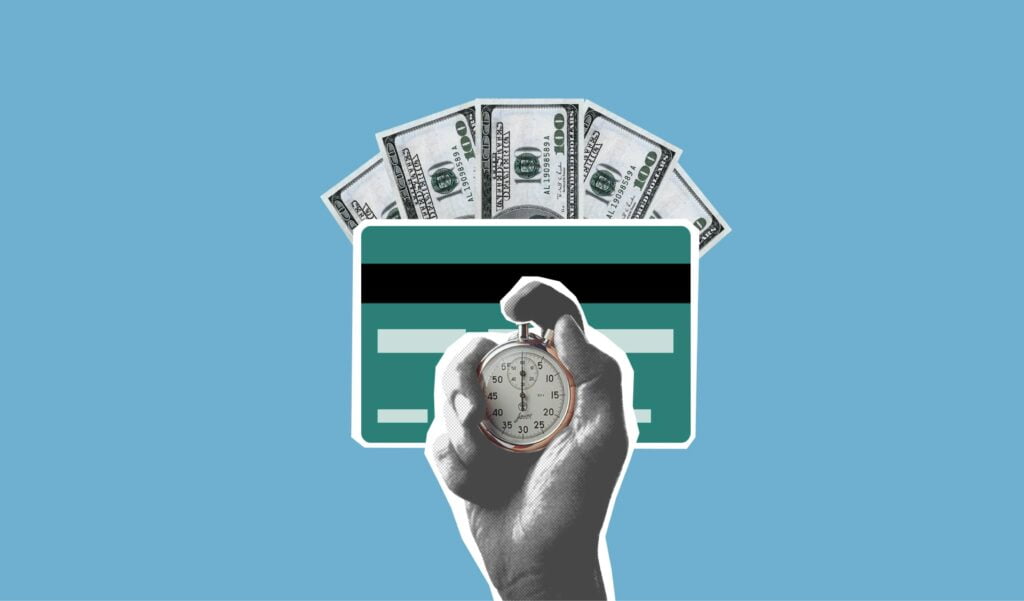
Dave Ramsey’s Financial Philosophy
Dave Ramsey, a prominent figure in the realm of personal finance, has built a substantial reputation as a financial advisor, author, and radio host. With decades of experience, Ramsey has guided millions toward financial stability and independence through his pragmatic and structured approach to money management, particularly through his 7 Baby Steps. His influence in the personal finance sector is profound, with numerous individuals and families attesting to the transformative power of his advice.
Central to Ramsey’s philosophy is the concept of the 7 Baby Steps, a systematic plan designed to help individuals take control of their finances. These steps are crafted to be followed sequentially, ensuring that each foundational element is solid before progressing to the next level. The ultimate goal of the 7 Baby Steps is to lead individuals from a state of financial instability to one of security and abundance, empowering them to live debt-free and build wealth.
The 7 Baby Steps begin with establishing a small emergency fund and progress through paying off all debt (excluding the mortgage), building a larger emergency fund, and investing for retirement. They also include saving for children’s education, paying off the home mortgage early, and ultimately achieving financial freedom through wealth building and giving. Each step is designed with a clear purpose, and the rationale behind this structured approach lies in its ability to provide a clear, attainable path toward financial health.
Adhering to the order of these steps is crucial. This methodical progression ensures that individuals tackle their financial challenges in a manageable way, reducing the risk of setbacks and fostering a sense of accomplishment as each milestone is achieved. Dave Ramsey’s financial philosophy, encapsulated in these 7 Baby Steps, offers a practical and disciplined roadmap for anyone seeking to transform their financial future.
Step-by-Step Guide to the 7 Baby Steps
Dave Ramsey’s 7 Baby Steps are designed to help individuals achieve financial stability and success. Each step builds upon the previous one, creating a solid financial foundation. Let’s delve into each step:
Step 1: Save $1,000 for a Starter Emergency Fund
The first step is to save $1,000 as quickly as possible for a starter emergency fund. This small cushion is crucial for covering unexpected expenses, such as car repairs or medical bills, without derailing your financial progress. To achieve this, consider cutting non-essential expenses, selling unused items, or picking up extra work temporarily. The goal is to have this fund readily accessible, typically in a separate savings account.
Step 2: Pay Off All Debt Using the Debt Snowball Method
Next, focus on paying off all debts except for your mortgage. The debt snowball method involves listing all debts from smallest to largest, paying minimum payments on all except the smallest. Attack the smallest debt with intensity until it’s gone, then move to the next. This method provides quick wins and momentum. For example, if you have credit card debt of $500, a car loan of $5,000, and student loans of $20,000, you would start with the credit card debt.
Step 3: Save 3-6 Months of Expenses in a Fully-Funded Emergency Fund
Once debts are cleared, build a fully-funded emergency fund covering 3-6 months of expenses. This larger cushion protects against major life events like job loss or significant medical issues. Calculate your monthly expenses, including rent, utilities, groceries, and insurance, then multiply by three to six months. This step ensures you’re prepared for bigger financial emergencies.
Step 4: Invest 15% of Household Income into Retirement
With a solid emergency fund, begin investing 15% of your household income into retirement accounts such as a 401(k) or IRA. This step secures your financial future and leverages the power of compound interest. If your employer offers a match on retirement contributions, maximize this benefit first before contributing to other retirement accounts. Consistent investment over time will grow your nest egg, providing financial security in retirement.
Step 5: Save for Children’s College Education
Planning for your children’s education is the next priority. Consider using tax-advantaged accounts like a 529 Plan to save for college expenses. Determine the estimated cost of education and set aside funds accordingly. Starting early allows the investments to grow, reducing the burden of student loans for your children in the future.
Step 6: Pay Off Your Home Early
Accelerate your mortgage payments to pay off your home early. Allocate extra funds towards the principal balance, which reduces interest payments and shortens the loan term. Living mortgage-free increases your financial flexibility and reduces monthly obligations. For instance, making bi-weekly payments instead of monthly can significantly cut down the loan term.
Step 7: Build Wealth and Give
Finally, with all debts paid and solid savings, focus on building wealth and giving back. Continue investing, diversify your portfolio, and explore opportunities for passive income. Generosity is a key component of financial health; consider charitable donations or supporting causes close to your heart. This step not only ensures long-term financial stability but also allows you to make a positive impact on others.
By following these seven steps, individuals can systematically achieve financial health and security, paving the way for a stable and prosperous future.
Success Stories and Real-Life Applications
Dave Ramsey’s 7 Baby Steps have been a beacon of hope for many individuals striving to achieve financial freedom. Real-life testimonials provide a vivid illustration of how these steps can transform one’s financial landscape. Take, for instance, the story of Jane and John Doe, a couple who found themselves drowning in $60,000 of debt. Faced with the daunting task of repaying student loans, credit card bills, and medical expenses, they turned to Ramsey’s method as a lifeline. By rigorously following the Baby Steps, they managed to pay off their debt within three years. “It was a challenging journey,” John recalls, “but sticking to the plan made us more disciplined and united as a family.”
Another compelling story is that of Mark, a single father who struggled with financial instability after a divorce. Mark started with Baby Step 1, saving $1,000 for an emergency fund. This initial cushion gave him the confidence to tackle his debt, which he eliminated over two years. “The hardest part was staying motivated, but hearing others’ success stories kept me going,” Mark shares. Today, Mark is not only debt-free but also has a fully funded emergency fund and is investing for his future.
Challenges are an inevitable part of the journey, as demonstrated by Sarah, a recent college graduate. Saddled with student loans and a low-paying job, Sarah often felt overwhelmed. However, she remained steadfast, saving every bit of extra income and adhering to a strict budget. “I had to make sacrifices, like skipping vacations and eating out less, but it was worth it,” Sarah notes. Her dedication paid off when she completed the Baby Steps and began saving for her first home.
These success stories highlight the transformative impact of Dave Ramsey’s 7 Baby Steps. They show that with perseverance, discipline, and a clear plan, financial freedom is attainable. The real-life applications of these principles serve as a testament to their effectiveness, offering hope and inspiration to those embarking on their own financial journeys.
Tips and Common Pitfalls to Avoid
Embarking on Dave Ramsey’s 7 Baby Steps requires both commitment and strategic planning. To maximize the effectiveness of this financial journey, it is essential to adopt practical tips and remain vigilant about common pitfalls that could derail your progress.
Firstly, adhering to the sequential order of the 7 Baby Steps is crucial. Each step builds on the previous one, creating a solid foundation for financial stability. Deviating from this order can undermine the overall strategy. For instance, attempting to invest heavily before establishing an emergency fund can leave you financially vulnerable. Therefore, discipline in following the steps in sequence is key.
Another common pitfall is using the emergency fund for non-emergencies. It is tempting to dip into this reserve for conveniences or desires, but doing so defeats its purpose. An emergency fund should only be utilized for genuine emergencies such as medical crises or unexpected job loss. To avoid this, establish a clear definition of what constitutes an emergency and stick to it.
Staying motivated throughout the process can be challenging, especially during the more demanding steps like debt repayment. To maintain momentum, set smaller, achievable milestones and celebrate each success. Additionally, visual aids such as charts or progress trackers can provide tangible evidence of your advancement, reinforcing your commitment.
Community support plays a vital role in this journey. Engaging with others who share the same financial goals can offer encouragement and accountability. Consider joining a Financial Peace University class or participating in online support groups. These communities provide a platform to share experiences, gain insights, and receive moral support, which can significantly bolster your resolve.
While the path through the 7 Baby Steps may be arduous, the rewards are substantial. By avoiding common pitfalls and leveraging strategies to stay on track, you can achieve financial peace. Remember, the journey is as important as the destination, and every step you take brings you closer to financial independence and security.







